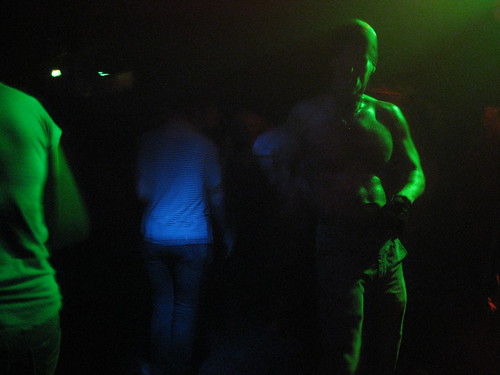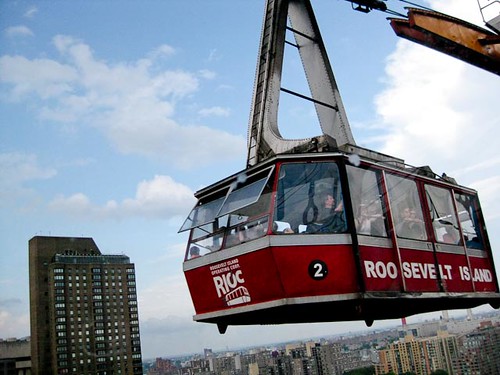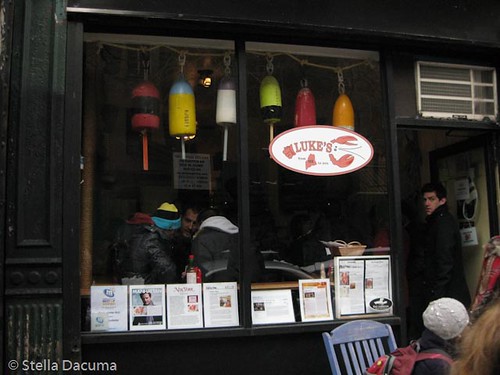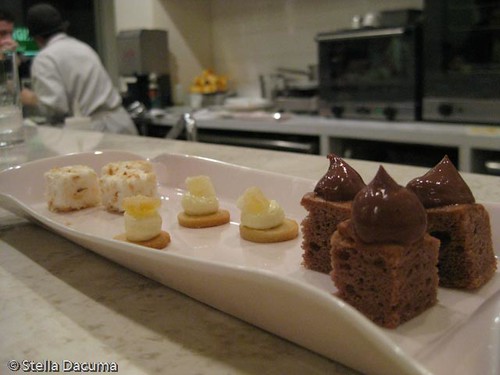Before anything else, let me just make it clear that the
camera you have is the best camera in the world. (say it with me 100x "the camera that i have is the best camera in the world.")
BECAUSE YOU ALREADY HAVE IT; CHANCES ARE YOU KNOW HOW TO PUSH ALL THE BUTTONS AND YOU HAVE THE MANUAL (in the hopes that you did not throw it away- in that case, there is always youtube). Of course someone will always have a better camera than you do, but that does not mean that it takes better photos than yours. Technically, it may be better, but visually – no.
A CAMERA IS MERELY A TOOL, NOT A MAGIC WAND.
BECAUSE YOU ALREADY HAVE IT; CHANCES ARE YOU KNOW HOW TO PUSH ALL THE BUTTONS AND YOU HAVE THE MANUAL (in the hopes that you did not throw it away- in that case, there is always youtube). Of course someone will always have a better camera than you do, but that does not mean that it takes better photos than yours. Technically, it may be better, but visually – no.
A CAMERA IS MERELY A TOOL, NOT A MAGIC WAND.
to prove my point, I have taken this photo with my old Canon A400. (it is 3.2 megapixels.)
Some things you might like to keep in mind if you are using
a point and shoot camera (p&s).
1. Turn off your flash as much as possible.
Cameras nowadays are light sensitive that they can capture images even in a dark room. Blurry images are not necessarily bad - it could convey movement. (this photo was taken in the dance floor. half naked guy eventually strutted his stuff!)
Cameras nowadays are light sensitive that they can capture images even in a dark room. Blurry images are not necessarily bad - it could convey movement. (this photo was taken in the dance floor. half naked guy eventually strutted his stuff!)
Not only does flash wash out
your subject, it usually makes for very uneven photos of your foreground and
background. Most of the time you end up with a bright foreground paired with a
very dark background. This allows you to take photos without disturbing
your subject with a flash of bright light.
It also allows you to shoot through glass - i was inside the other cable car when i shot this.
This also allows you to capture the true time of day, or the true colors of the moment that you are documenting. had i taken this image with a flash, the "neonness" of the colors will go flat. you can also tell by the tone that i had taken this photo late in the afternoon.
2. Manual setting is your best friend if you have
the patience to learn it. Otherwise, Night Mode (MOON AND STARS) is your best
bet.
I have noticed how this feature
is underutilized by most p&s shooters. When you are outdoors and the
lighting is inadequate for a non-flash photo, switch your photos to night mode
and shoot away, even if it isn’t night yet. The night mode button is for low
lighting conditions. You may notice there is more blur and there’s cloning of
light bearing objects (lamps, lampposts) you can minimize this by turning on
your timer and setting the camera on a steady surface. It would be most helpful
to tell your subjects to hold their pose a second or two extra.
If the flash goes off and you
are still not happy:
Set camera to manual mode.
Scroll to the 0 scale.
All cameras would have a -2, - 1, 0 +1, +2 scale.
All cameras would have a -2, - 1, 0 +1, +2 scale.
Set the “needle” to choose to
the + side. What this does is it makes itself more sensitive to light – hence
you get “clearer” photos.
(this image was taken with a Canon A400)
3. The timer serves more than including yourself in
the group photo.
The 10second and 2second timer allows
your camera to be rid of camera shake so your photos don’t come out blurry. This
is quite helpful when you are taking macro shots (close up-detailed shots) and
when your camera is set to that FLOWER mode.
4.
Always shoot in the highest resolution possible ,
or second to the highest resolution.
This allows you to be able to
print your photos nicely. Most web printing services have a minimum resolution,
and they will warn you if you have uploaded a small resolution size and they
will say that it is a “bad print size."
5.
NEVER EVER DELETE PHOTOS FROM YOUR CAMERA UNTIL
YOU HAVE DOWNLOADED YOUR IMAGES.
You may really know how to
operate your camera, but you might be in a rush to delete the bad images that YOU MAY ACCIDENTALLY ERASE ALL THE IMAGES IN YOUR MEMORY CARD. I have noticed people delete “bad photos”
of themselves immediately. If you seriously detest that angle of yours, deal
with it. Better have that bad photo than no photo at all – especially on
vacations. If you are travelling, make sure to bring another memory card (which
is really cheap nowadays) rather than deleting images while on the go. (in other words, vanity=stupidity.) this is definitely a rule that all professional photographers live by.
Remember to always bring a camera with you. Not all phones have
good cameras attached to them (especially mine – paging Motorola!!!) and its
best to be prepared to have it when a good photo opportunity is at hand.
Have fun and take lots of photos! It really isnt about the gear that you own, its how you use it and if you use it at all.
Disclaimer: All photos have been taken with my Canon Powershot SD1100 except where noted. All photos have not been enhanced except for the first two photos and the last photo. ALL ENHANCEMENTS ARE MINIMAL.
First photo had red eyes corrected and was enhanced in Adobe Photoshop using Levels.
Second and Last photo was enhanced in Adobe Lightroom for exposure and black clipping.
Watermarks, if present, are all added in Adobe Lightroom.
Disclaimer: All photos have been taken with my Canon Powershot SD1100 except where noted. All photos have not been enhanced except for the first two photos and the last photo. ALL ENHANCEMENTS ARE MINIMAL.
First photo had red eyes corrected and was enhanced in Adobe Photoshop using Levels.
Second and Last photo was enhanced in Adobe Lightroom for exposure and black clipping.
Watermarks, if present, are all added in Adobe Lightroom.









Hey! I recognize some of those pics! Great writeup. I'm going to use the timer option more often. I also have 2 extra batteries in my purse at all times because those go before the memory cards do.
ReplyDelete